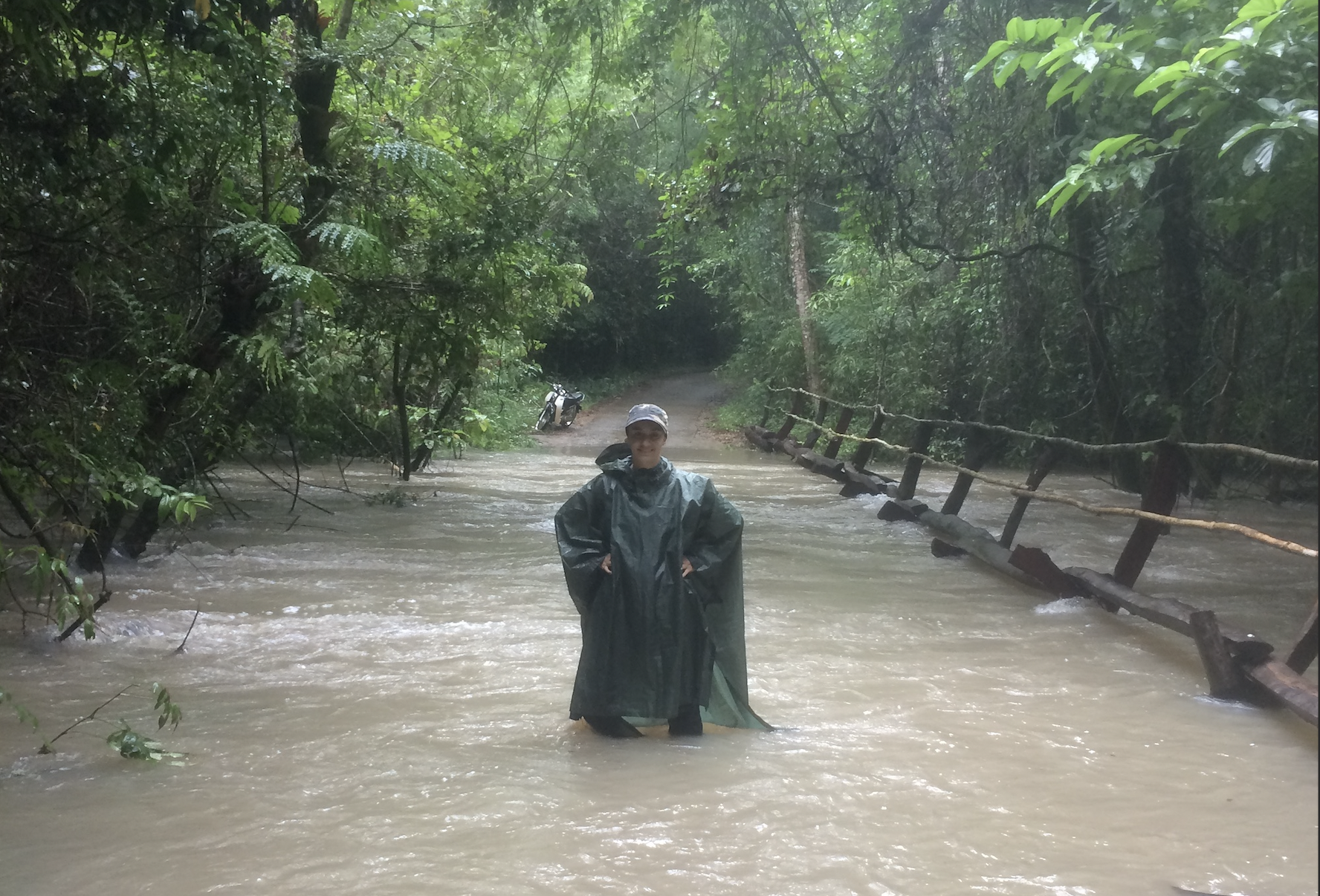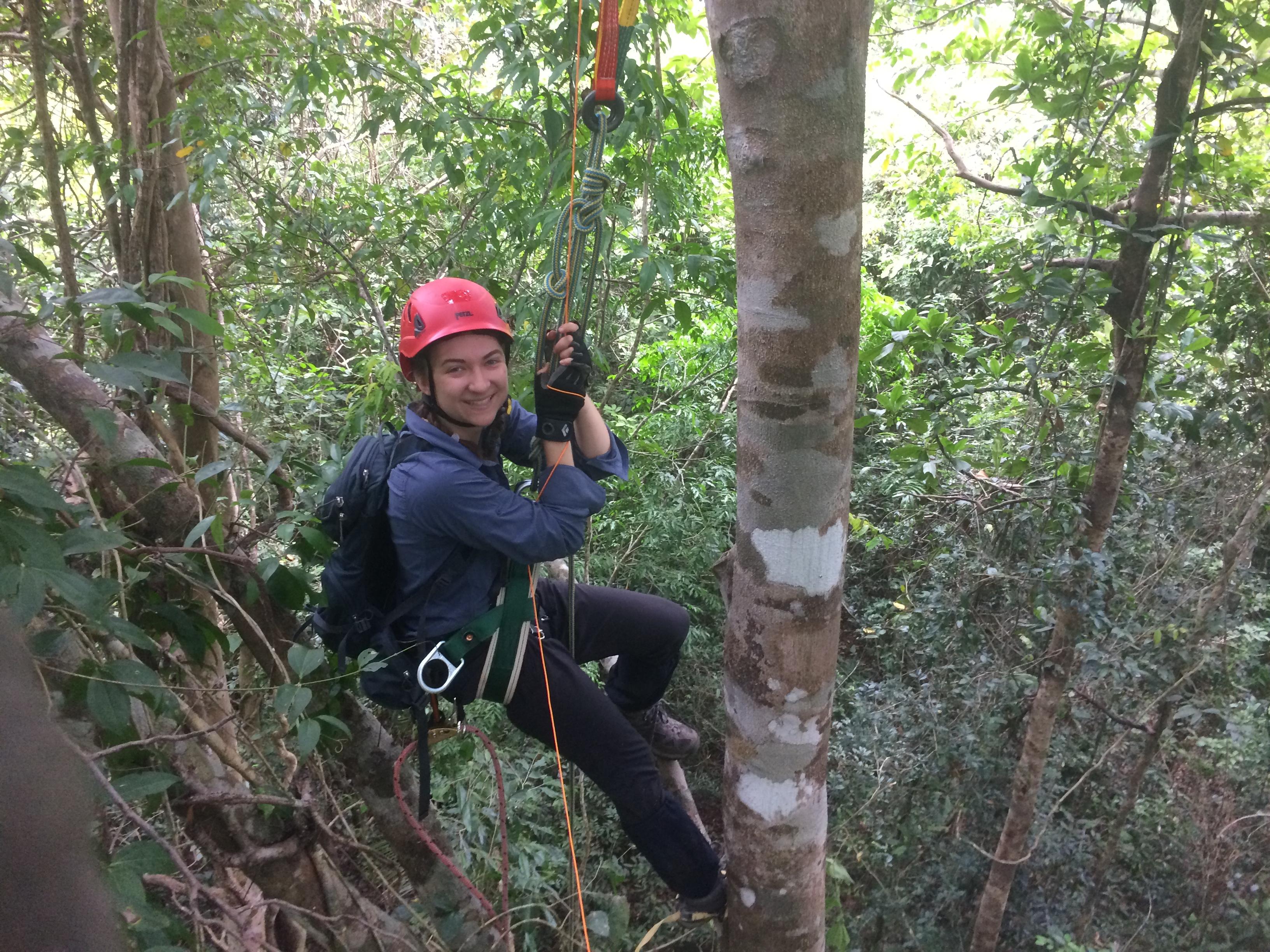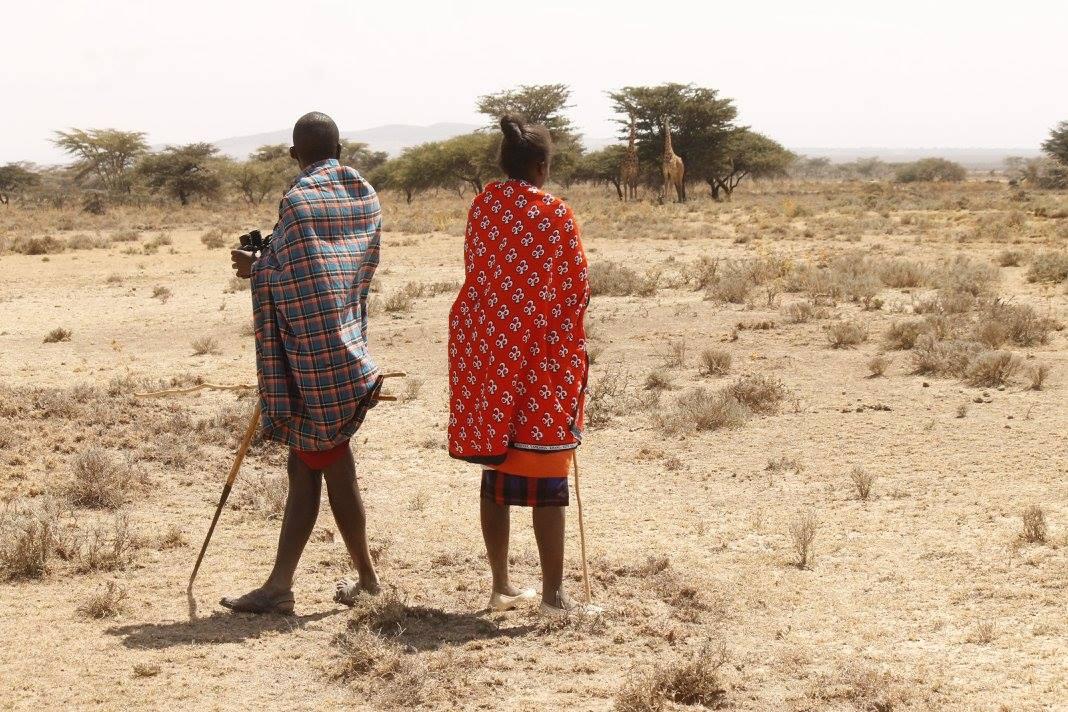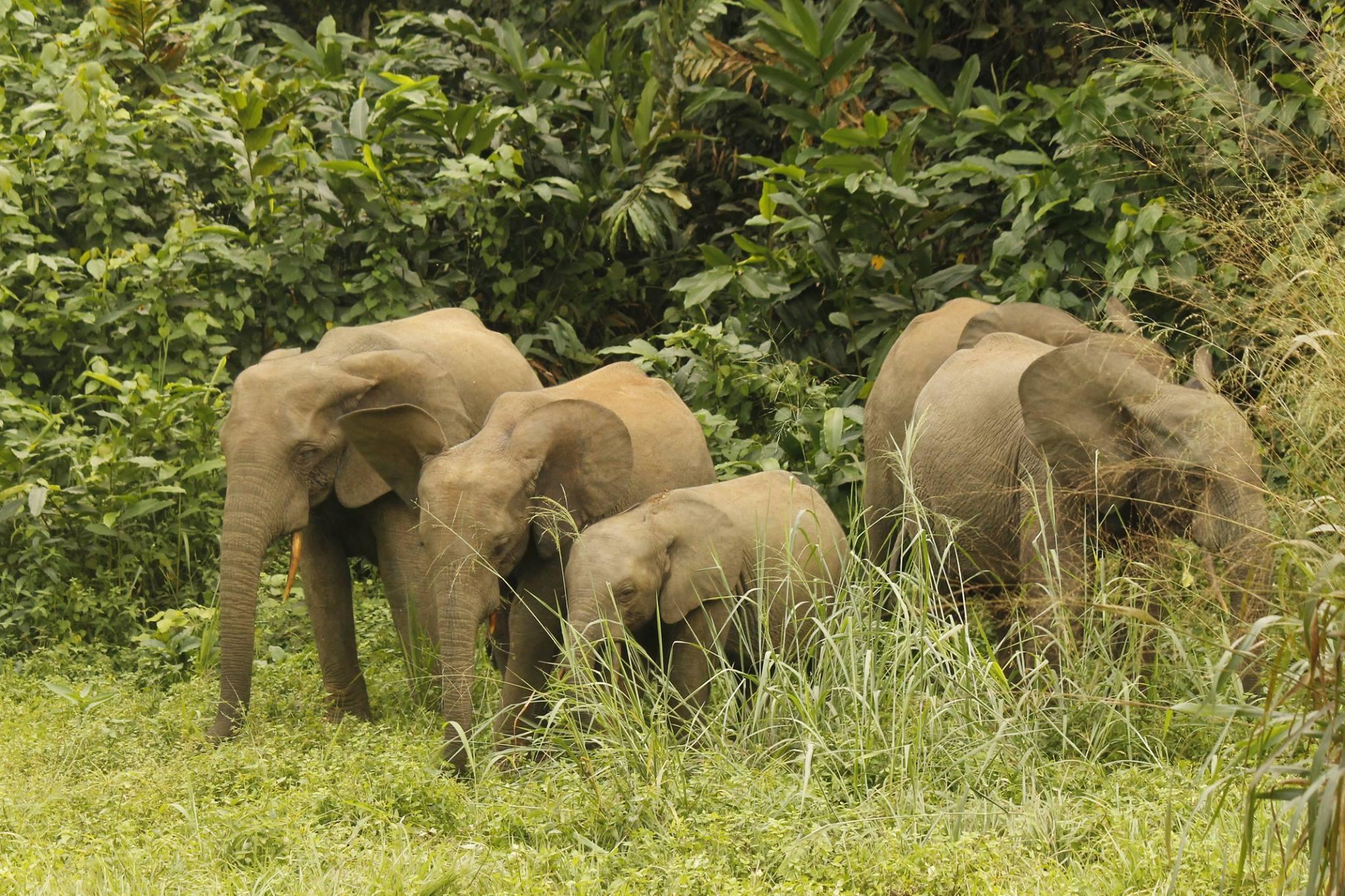
What do forest elephants, palm civets, pangolin, and cheetahs have in common?
Well, for one, they’re all species I’ve studied. And secondly, they’re all very elusive species. Your chances of encountering one on a given day even in prime habitat is fairly low - all of these species are rare, nocturnal, and/or very shy. I’ve spent over two years working in what could be considered prime pangolin territory and have only seen one in the wild, and that’s considered lucky.
In the “old days,” field biologists would need to track these species for months through dense jungle, muggy swamps, or sweltering savannahs just to catch a fleeting glimpse, or more likely, a few tracks and half-decayed dung samples. Your best bet for gathering solid data about movement and behavior ecology was to capture and collar these animals, which usually still required post-capture follows by foot or by air. It was exhausting, expensive, and time-consuming work for very little data - not a great recipe for funding-limited NGOs and grad students.

Seasonal flooding in southern Vietnam would sometimes require temporarily abandoning the motorbike (2019)
Now, advances in technology and ecological statistics have opened up a myriad of ways to remotely survey wildlife and conduct robust analyses while minimizing cost and effort. Camera traps, drones, and genetic sequencing are becoming cheaper and more powerful every year. New tools are emerging at a breakneck pace, to the excitement of ecologists and technophiles everywhere, and opening up new frontiers of research. And importantly, the increasing affordability of these tools and advancements in remote-work capabilities are making the field more accessible to lower-income and minority communities who have traditionally been excluded.

An arboreal camera trap in Vietnam captures a yellow-throated marten (Martes flavigula)

An arboreal camera trap in Vietnam captures a black-shanked douc-langur (Pygathrix nigripes)
So what’s the secret to studying elusive wildlife? There’s no one answer, and it depends largely on your focal species. What works for one species may not work for another. Counting spoor along a transect works great in the dry, open savannahs of East Africa, but not so well in the dense rainforests of Southeast Asia.
Even camera traps aren’t always a perfect fit. If your species is too rare or wide-ranging, only long-term or large-scale studies will capture enough data for a robust analysis. They also tend to have a high rate of malfunction in humid and insect-infested areas, not to mention occasional damage from a curious animal. I’ve lost a frustrating amount of potential data to a curious macaque who decided to change the camera angle three days after set-up.

My research assistant, Jess, helping me set up arboreal camera traps for detecting reclusive nocturnal tree-dwelling species in Vietnam (2019)
Placing cameras close to human settlements also comes with its own set of problems. If local residents aren’t on board with the study or engaged in illegal activities, they’re likely to steal or damage any camera they come across, even if the data isn’t being used for law-enforcement purposes.
"When it comes to technology, expect it to fail."
My advice is simple: when it comes to technology, expect it to fail. Keep duplicates of everything on hand, as many as you can afford. Back up your data in at least two different places; actually, make that three. You know that external drive is going to fail one day. Always keep a torch and extra batteries on you. Being stuck in the forest without a working GPS miles from your campsite an hour before dawn is not a good time - especially when there are leopards nearby.
Local communities are also a great resource for both qualitative and quantitative studies. They tend to be the most familiar with the local flora and fauna and can provide unique insights into local ecology and hotspots. Engaging communities in local conservation work improves the likelihood of long-term project sustainability and future cooperation as well.

Engaging local communities is key to a successful and sustainable conservation project (2015)
"Best not to put all your eggs in one basket in case it gets knocked over by a macaque."
Unfortunately, law-enforcement agencies in some areas, especially near or within protected areas, tend to frown upon collaborating with anyone known or suspected of engaging in illegal activities. This can become tricky to navigate when trying to hire or engage locally while not angering the people in charge of your research permits or transportation. While elephant charges, malfunctioning equipment, biting insects, and adverse weather can complicate field work, the biggest hurdles I’ve had to face have been related to human logistics: navigating local politics, adapting to regional customs (gift chickens and bootlegged moonshine), obtaining permits in a timely manner, keeping your tracker out of the bars the night before a 14-day field trip, etc. Keeping an open mind and a flexible schedule is the best advice I can offer in this respect.
All in all, the most effective studies utilize a number of methods and resources. Not only is this likely to provide a richer picture of the local faunal community than a single method alone, it also provides a back-up source of data in case one method fails. As the proverb goes, best not to put all your eggs in one basket in case it gets knocked over by a macaque. Establish your analytical methods a-priori. Even if you don’t get enough detections, you can always simplify the analysis, but you can’t upgrade to more complex methods if you’re missing important site-level data.

A rare emergence of African forest elephants by our field house in Gabon (2017)
Final bit of advice? Take care of yourself. Working in conservation and research, especially with elusive and hard-to-study species, is frustrating. You might not get as much data as you wanted, or run into political or logistical complications. Maybe you get sick or injured, obliterating weeks of valuable field time. Whatever the case, when things don’t go according to plan, it’s easy to get overwhelmed and spiral into a place of frustration, anger, and helplessness. Having a back-up plan or two helps keep you centered and reduces the stress of one thing going wrong, but sometimes it’s also necessary to take a step back and take care of yourself. Take a couple days off. Treat yourself to something nice, even if you don’t feel you deserve it.
Then, when you’ve had a little time to breathe, you can look at the situation with a clear head and find the angles and options that weren’t there before.
Maybe you’ll even find a pangolin.

My impossibly fortuitous encounter with a white-bellied pangolin (Phataginus tricuspis) in Gabon (2017)
Download the Case Study
This case study is the fifth in our Technical Difficulties Editorial Series. The full series will be available as a downloadable issue in December, 2021. Pangolin in a Haystack is now available for download here.
About the Author
Juliana Masseloux is an international wildlife conservation biologist who has worked on wildlife and research projects across the world. She is currently collaborating with the Zoological Society of London in Thailand, and aims to continue working in Southeast Asia with a focus developing sustainable community-driven and science-backed conservation initiatives for combating illegal wildlife trade and human-wildlife confict.



Add the first post in this thread.